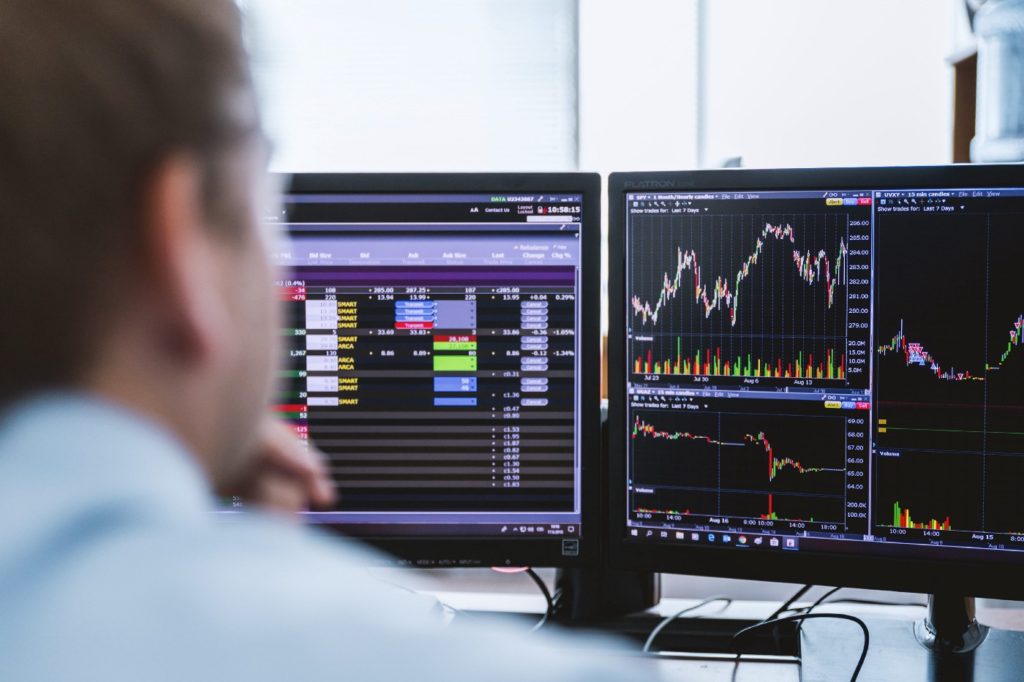An algorithmic trading strategy is an investment strategy that is developed through the use of statistics and mathematics. Finance in this field is extremely complex. What is the process of automated trading in Python? To learn about this fascinating world of trading, I will introduce you to five essential topics. Python is my preferred programming language due to its ease, speed, and ability to customize, as well as its testing frameworks and execution speed. All these topics are focused on Python for trading since this is the reason why they are all related to Python.
Learn Python Programming –
It is crucial to have solid fundamentals in Data Science to succeed in the field. No matter which language you choose, you should gain a thorough understanding of certain topics.
To become an expert in data science, you should master the following Python skills:
Environment setup – The process includes setting up a virtual environment, installing the needed packages, and using Jupyter notebooks or Google Collaborations.
Data structures – Lists, dictionaries, NumPy arrays, tuples, and sets are some of the most common pythonic data structures. To help you learn these, I have provided a few examples in the linked article.
Object-oriented programming You should be well-versed in writing well-structured code and defining the appropriate classes as a quant analyst. If you use external packages such as Pandas, NumPy, SciPy, etc., you must learn how to use objects and their methods.

How to write the fundamental of automated trading in Python
Mathematical and statistical knowledge is essential for a career in quantitative finance. It will be easy for you to design and write algorithms if you have a firm understanding of concepts such as multivariate calculus, linear algebra, and probability theory.
Learning about relative strength trading and calculating moving averages can help you get started. It is also possible to develop simple algorithmic strategies, such as moving average crossover and mean reversion strategies, by analyzing stock pricing data.
Having mastered the basic techniques of statistical algorithms, you can look further into more sophisticated machine learning techniques after making this small but significant leap. Statistics and mathematics are required for these tasks.
Backtesting is the important part
In the real market, you can’t simply test your trading strategy once it’s been coded, can you? Using historical trading data, this strategy would be exposed to a stream of trading signals. A P&L would be accrued for each trade, and the total P&L would be determined by adding up all the trades. The term “backtesting” refers to this process. Mathematical and statistical skills, as well as software engineering and understanding of market microstructure, are required when backtesting.

These three topics are the most important part to understand of automated trading. We hope this blog helps you give a basic idea about where you can start your Automated trading using python. If you need more help regarding this then contact us.
